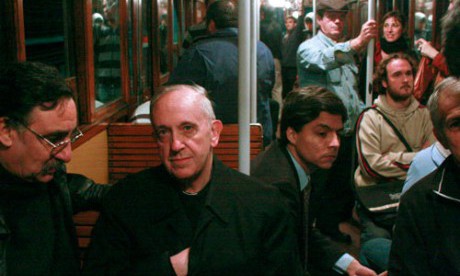He was not what she was expecting, in several ways.
The man who would one day be Pope Francis had come to hold a service far from the grandeur of the great cathedral of Buenos Aires.
He had travelled – taking the subway train and then the bus – to arrive in one of the shanty-towns, which Argentines callvillas miserias – misery villages.
He had picked his way down crooked and chaotic alleyways, criss-crossed with water pipes and dangling electricity cables, along which open sewers ran as malodorous streams when the rain came.
There, amid ramshackle houses of crudely-cemented terracotta breezeblock, he fell into conversation with the middle-aged mother.
She told him of life in an impoverished slum, terrorised by gangs peddling paco – the cheap chemical waste product left over from processing the cocaine sent to Europe and the United States, or sold to the affluent middle classes of the Argentinian capital.
Dealers mix the residue with kerosene, rat poison or even crushed glass and sell it for a dollar a hit to the people of the slums.
So addictive is the drug that one day’s free supply is enough to get hooked, creating a short-lived high followed by an intense craving, paranoia and hallucination.
The dealers target the children of the poor and adolescents who hang around because there is no work to be had.
The woman looked at the prince of the Church and apologised to him for the fact that her son, amidst all that, had stopped going to Mass.
The man, who as Pope was to take the name of Francis – the great saint of the poor – looked into her eyes as though she were the only person in his world.
“But is he a good kid?” the priest asked.
“Oh, yes, Father Jorge,” she replied, eschewing the grander titles of the cardinal archbishop.
“Well,” pronounced the prelate, “that’s what matters.” Continue reading
Sources
